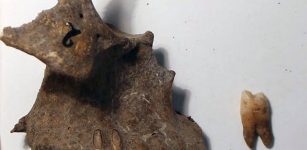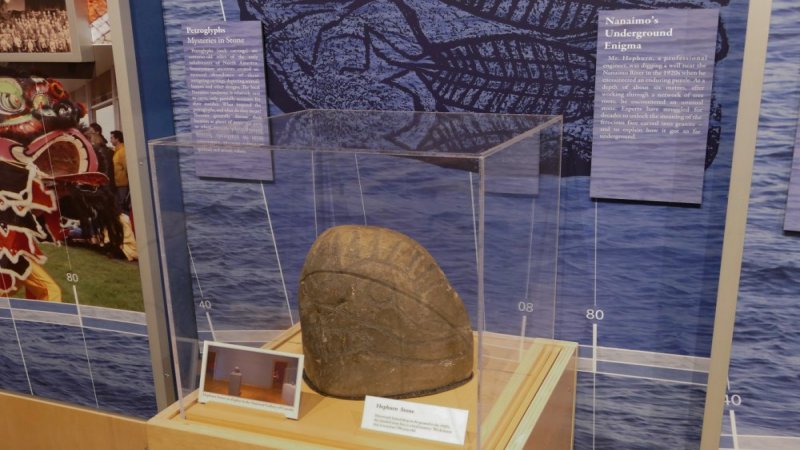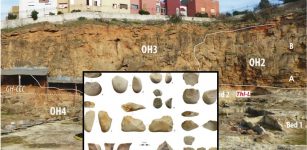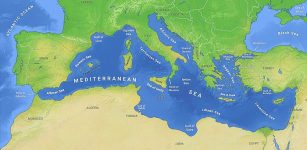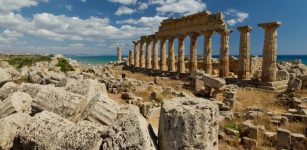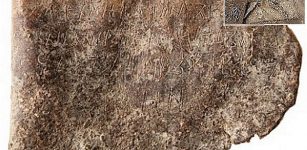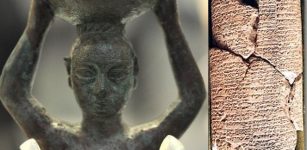Ancient Egyptian Capital Tell El-Amarna Mapped Through Satellite Imagery System
MessageToEagle.com – The layout of Tell el-Amarna, ancient Egypt’s capital during the reign of pharaoh Akhenaten (1353B.C–1336B.C), has been revealed through remote sensing techniques, the Antiquities Ministry stated Wednesday.
The discovery is attributed to a spatial high resolution satellite imagery system that was carried out by the archaeology mission of Belgian University of Leuven, currently excavating at Amarna on the east bank of Upper Egypt’s governorate of Minya, said Antiquities Minister Mamdouh al-Damaty.
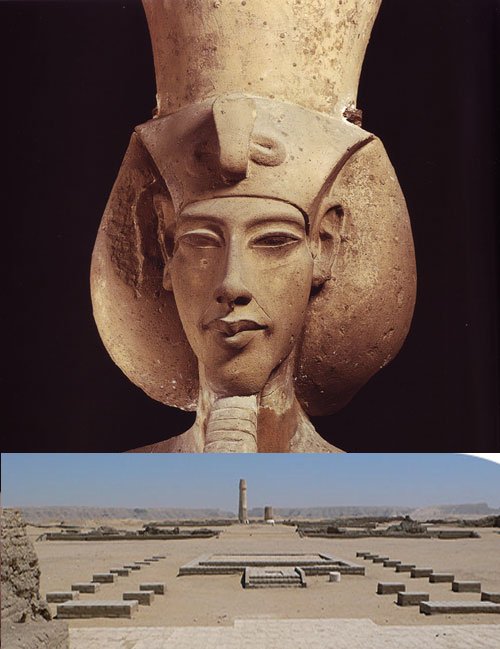
“The team captured and analyzed images from satellites orbiting 450 kilometers above the earth, equipped with advanced cameras,” Damaty said in the statement, adding that the images showed “the city’s northern tip contained large number of mines, quarries and served as an industrial hub.”
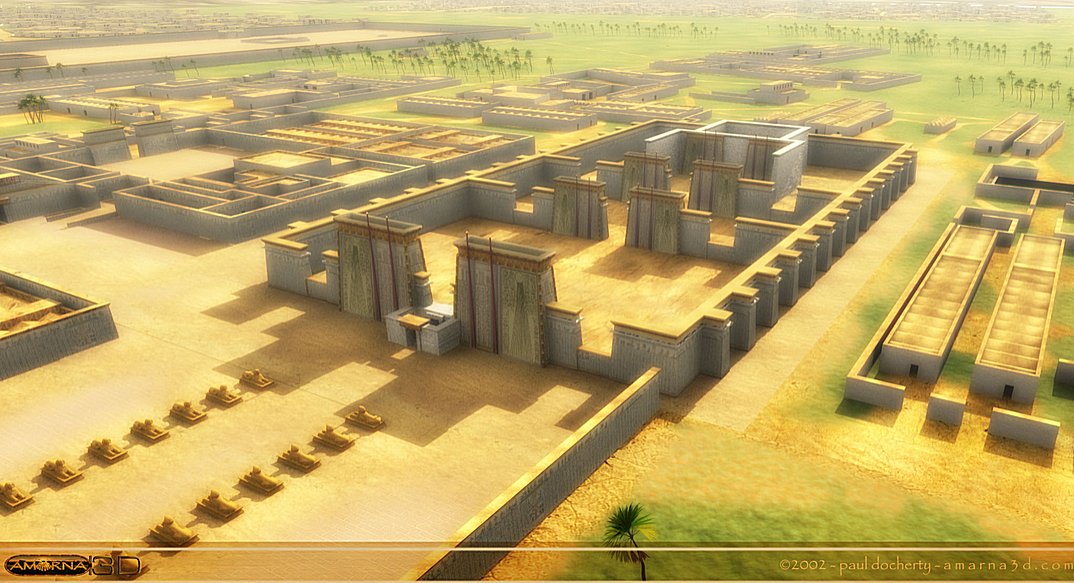
The images also showed a detailed layout of the ancient city including its main streets, sections used for burial, ramps and transportation paths from the mines to the harbor,’ reports The Cairo Post.
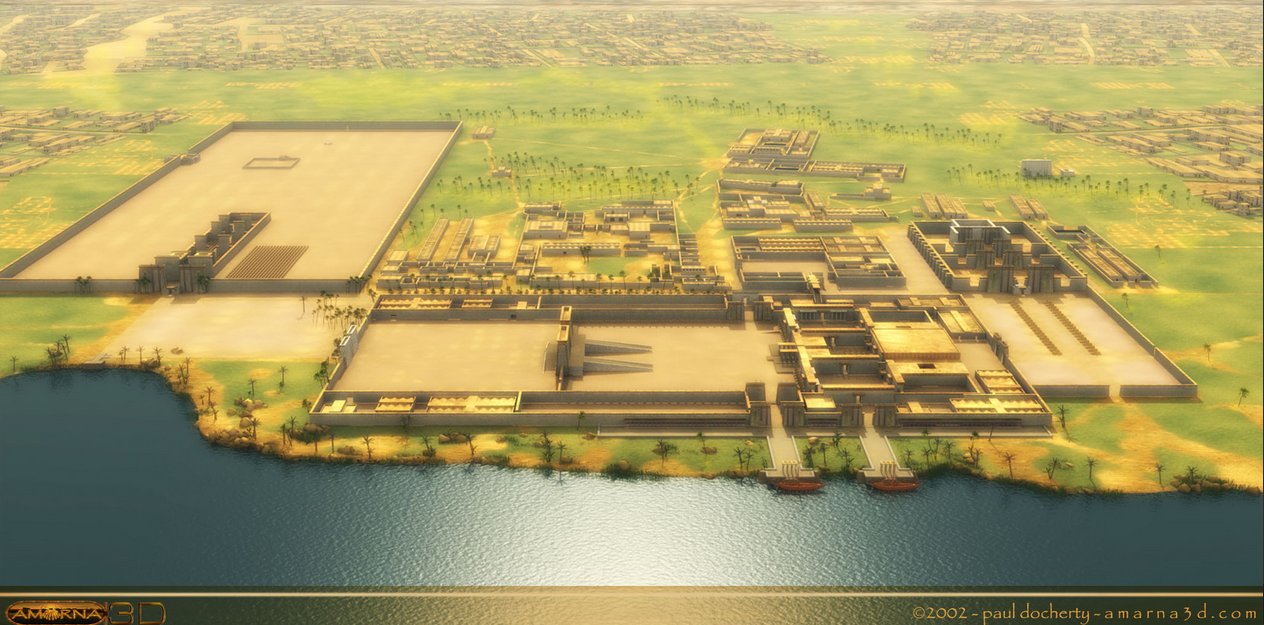
The city was abandoned and deliberately ignored by followers of God Amun shortly after Akhenaten’s death.
‘Two years after ascending the throne of Egypt, Akhenaten overthrew the old gods in favor of the solar god Aten. He also abandoned Thebes, [now Luxor] Egypt’s historical capital city and built a new capital dedicated to the Aten’s worship in Minya’s east bank,’ archaeologist Sherif el-Saban told The Cairo Post Wednesday.
‘The priesthood of Amun was still powerful enough to force the boy king Tutankhamen, Akhenaten’s successor and probably his son, to declare Thebes as Egypt’s capital city so that their influence on the people was restored.’
MessageToEagle.com

